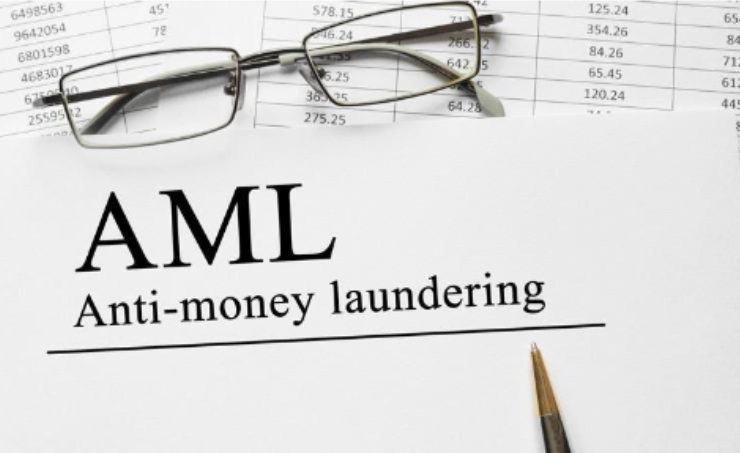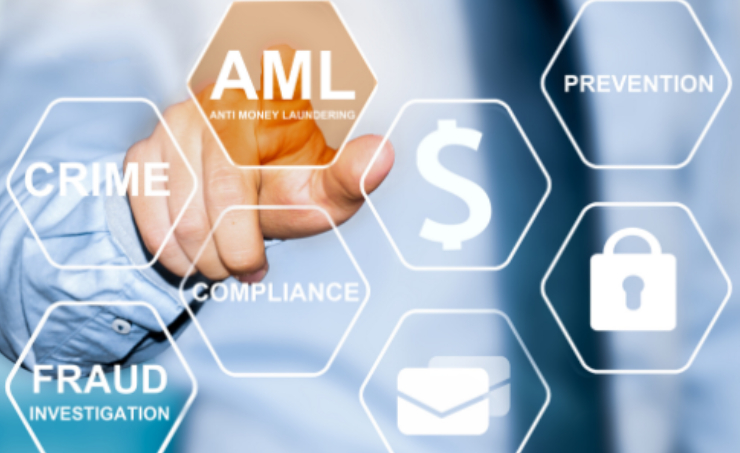Globalisation has spurred the world’s economic engine, contributing to an upsurge in economic activities. To meet this demand, organisations constantly look to expand their businesses, which presents an opportunity to money launderers who find it increasingly easy to integrate their illicit funds (International Consortium of Investigative Journalists, 2022) through complex transfers and transactions or a series of dealings, thereby cleaning the money of its illegitimate origin and making it appear as legitimate business profits. It has consequences for the economy’s financial system as money laundering seriously undermines the integrity of national economies and economic systems as the source of the money obtained through illegal activities, such as drug trafficking and terrorism, gets concealed.
It is foremost to tackle the above firmly, as money laundering and associated corruption will destroy faith in democratic structures. Managing this money will assist in tackling crimes of all types (International Monetary Fund, n.d.). This forum presents an opportunity to talk in-depth about sound AML compliance, coupled with organisational steps and measures that will assist in attaining and realising a foolproof AML system.
Anti-Money Laundering
“Money laundering is giving oxygen to organised crime.”
– Enrique Peña Nieto, Former President of Mexico
AML entails converting illegally obtained money into legal money by executing transactions. AML regulation is becoming more and more stringent for financial service providers as their prohibition from financing money laundering and/or terrorism is a must.
The dangers posed by AML have come under the scanner of many world economies, necessitating them to widen the ambit of AML Law by including virtual digital assets like cryptocurrencies. The introduction of these rules envisages the prevention of the misusage of crypto for money laundering purposes (The Times Of India, 2023). Still others, like Vietnam, have overhauled their AML regulations to give it an edge and more teeth (Global Compliance News, 2023).
Role of the Employees
Employees play a significant role in upholding AML Laws and regulations in the organisation. The endeavour of a trained AML/ KYC employee goes a long way in timely and accurately reporting the Suspicious Activity Report (SAR), after appropriate investigation, to the relevant regulatory authority. Trained and responsive employees help facilitate regulatory authorities or agencies in performing inspections and investigations. The AML compliance process gets streamlined by formulating a compliance team, which can help achieve the following.
- Compliance with relevant AML/ KYC laws, rules, regulations and instructions.
- Assist in developing a compliance programme and AML/KYC guidelines, procedures, approaches and tools mandated under the regulatory requirements.
- Helps ensure the implementation of the relevant AML/KYC policies and procedures, including identification of clients and customers and their screening and authentication before opening accounts.
- Report any material regulatory non-compliance.
- Regularly monitor customer accounts and dealings to identify questionable activities and transactions.
- Ensure employee AML/KYC training.
- Timely and accurate reporting of the Suspicious Activity Report (SAR) after appropriate investigation to the relevant regulatory authority (Financial Crime Academy, n.d.).
Role of the Management
The onus is on the management to introduce, sustain and uphold AML compliance in the organisation as it helps decrease the risk of inadequacies, classify compliance issues early and lead to more efficient compliance solutions. The following steps should help an organisation in being AML compliant.
- Promote a positive AML culture with a consistent message. Initiate this by setting the organisation’s risk appetite statement and AML commitment.
- The leadership must comprehend the dangers posed by money laundering and terrorist financing risks and set up robust structures for compliance. The Board must play a constructive and vital role by asking the management the right questions.
- Ensure continuous monitoring and that the assurance framework covers all AML activities. It must be expressed and subject to independent assessment.
- Leadership must reward employee behaviour that supports a positive AML culture.
- Provide resources, including technological resources and expert personnel. Organisations must regularly review these resources against their size, complexity and risk exposure.
- Integrate AML controls into business processes to ensure compliance.
- Training and communication will ensure AML compliance getting communicated to employees (KPMG, 2016).
Staying AML compliant reaffirms an organisation’s commitment to a nation’s financial systems and democratic structures. Organisations (Al Arabiya News, 2022) and Nations (Wion, 2022) found on the wrong side of the law have faced severe consequences and rapped by intergovernmental organisations like Financial Action Task Force (FATF), alike.
Advantages of Integrating ESG
Organisations must keep AML-related financial crime on their radars because of the increased and relentless scrutiny of regulating agencies. The situation is grave as the long arm of the law has caught up with several organisations, which had to cough up fines to the tune of £476 million in the U.K. alone during 2020 and 2021, including penalties imposed against such high-profile financial service firms as NatWest, HSBC and Credit Suisse (Thomson Reuters, 2023). It has brought back renewed and heightened conversation around why AML converging into ESG is significant, entailing AML professionals forging collaborations, increasing awareness and taking initiatives in prioritising ESG integration into their AML compliance frameworks, thereby preventing regulatory and reputational risks. Once AML and ESG frameworks become fully integrated, they will enhance accountability, transparency and governance.
Robust AML compliance enhances and ensures an organisation’s resilience, reducing regulatory risks and improving efficiency. Sound AML compliance also provides an outline to categorise latent risks and improve efficiency by measuring improvements.
Bibliography
1. Al Arabiya News, 2022.
Business.
[Online] Available at:
https://english.alarabiya.net/business/banking-and-finance/2022/07/27/UAE-exchange-house-fined-1-4-million-for-insufficient-policy-on-terrorism-financing [Accessed 20 April 2023].
2. Financial Crime Academy, n.d. [Online] Available at:
https://financialcrimeacademy.org/role-of-anti-money-laundering-team/[Accessed 20 April 2023].
3. Image Source- First National, 2021.
Commercial Mortgages- Resources and insights.
[Online] Available at:
https://www.firstnational.ca/commercial/resources-insights/article/anti-money-laundering-2021-frequently-asked-borrower-questions [Accessed 17 April 2023].
4. Global Compliance News, 2023.
AML & Financial Services Regulatory.
[Online] Available at:
https://www.globalcompliancenews.com/2023/03/15/https-insightplus-bakermckenzie-com-bm-banking-finance_1-vietnam-new-law-on-anti-money-laundering_02282023/ [Accessed 17 April 2023].
5. International Consortium of Investigative Journalists, 2022.
Latest News.
[Online] Available at:
https://www.icij.org/inside-icij/2022/09/most-wanted-chilean-arms-dealer-concealed-ties-to-companies-with-help-from-panamas-offshore-industry/ [Accessed 20 April 2023].
6. International Monetary Fund, n.d.
About.
[Online] Available at:
https://www.imf.org/en/About/Factsheets/Sheets/2023/Fight-against-money-laundering-and-terrorism-financing [Accessed 20 April 2023].
7. KPMG, 2016. [Online] Available at:
https://assets.kpmg.com/content/dam/kpmg/pdf/2016/04/Building-a-strong-AML-culture-nz.pdf [Accessed 20 April 2023].
8. Image Source- Pro Bank, n.d.
GRC Management- Regulatory Compliance.
[Online] Available at:
https://www.probank.com/what-we-do/grc-risk-management/regulatory-compliance/bank-secrecy-act-bsa-anti-money-laundering-aml/ [Accessed 17 April 2023].
9. The Times Of India, 2023.
Business News- Cryptocurrency News.
[Online] Available at:
https://timesofindia.indiatimes.com/business/cryptocurrency/bitcoin/explainer-why-crypto-has-come-under-indias-anti-money-laundering-law/articleshow/98515196.cms [Accessed 17 April 2023].
10. Thomson Reuters, 2023.
Compliance & Risk.
[Online] Available at:
https://www.thomsonreuters.com/en-us/posts/investigation-fraud-and-risk/10-global-compliance-concerns-2023/ [Accessed 20 April 2023].
11. Wion, 2022.
My Money.
[Online] Available at:
https://www.wionews.com/south-asia/pakistan-to-stay-on-the-grey-list-till-fatf-on-site-visit-489191 [Accessed 20 April 2023].


